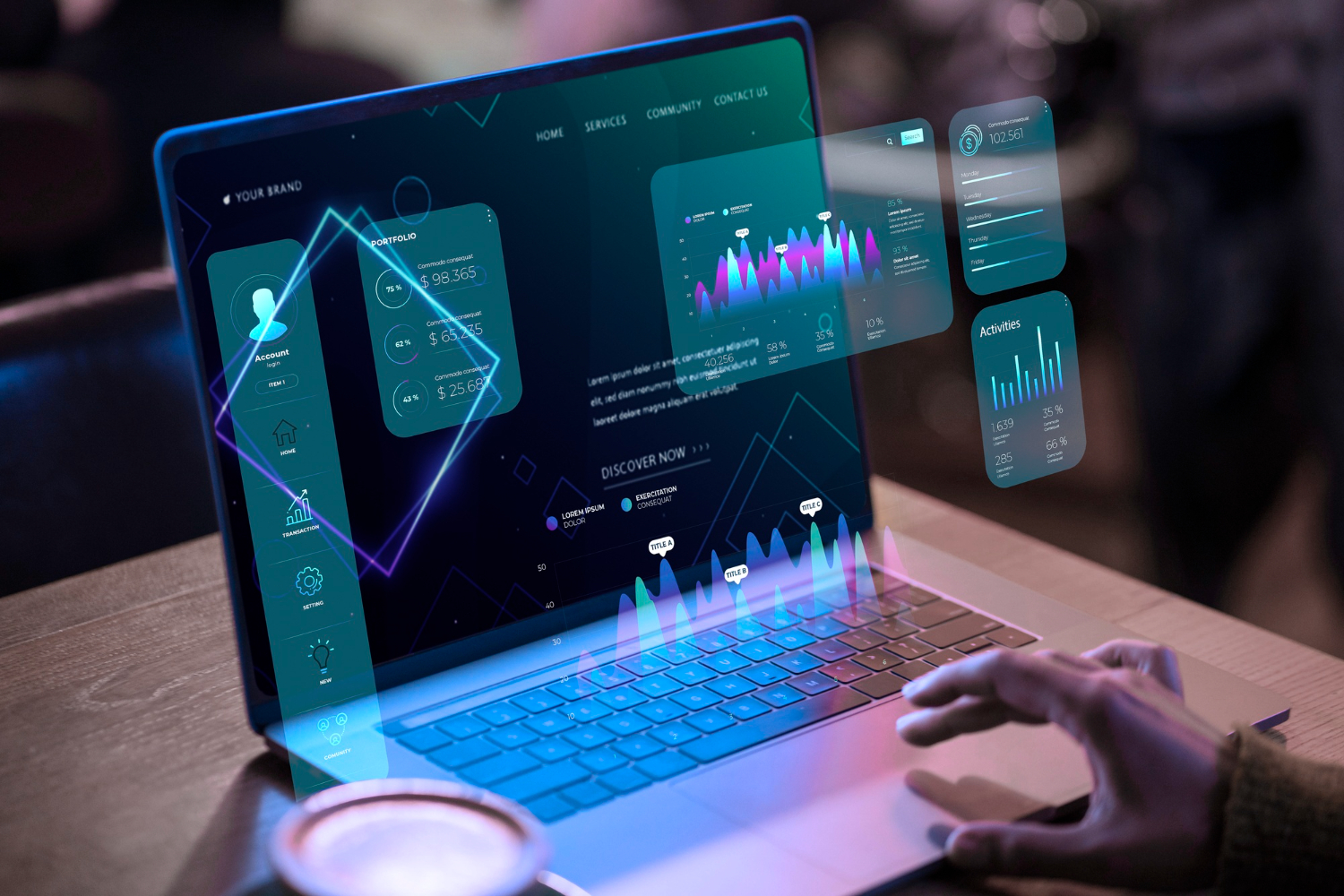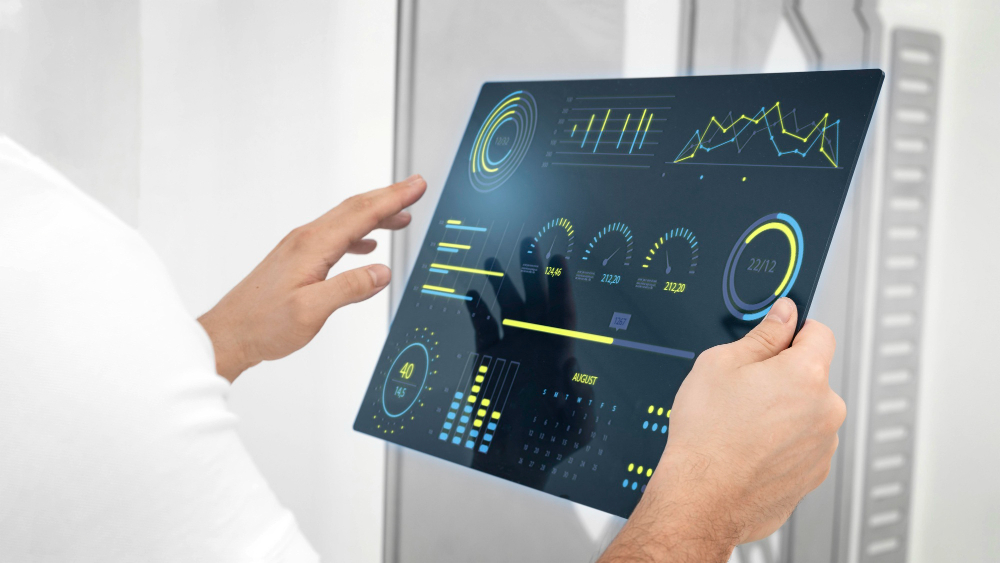6 steps to Enterprise Modernization
In today's fast-paced business landscape, enterprise modernization has become a necessity for organizations to stay competitive. It's no longer sufficient to rely on outdated technology and processes; businesses must embrace digital transformation and modernize their enterprise to meet the demands of customers, employees, and stakeholders. However, the process of modernization can be daunting and complex. In this blog post, we will discuss how to make enterprise modernization a reality by breaking it down into actionable steps.
Step 1: Identify key business objectives
Before beginning the modernization process, it's essential to identify the business objectives that will drive the modernization effort. These objectives could include improving customer experience, increasing efficiency, reducing costs, or meeting regulatory requirements. By identifying the business objectives, organizations can focus their modernization efforts on the areas that will have the most significant impact.
Step 2: Conduct a thorough assessment
To determine where modernization efforts should be focused, it's important to conduct a thorough assessment of the current state of the enterprise. This assessment should include an analysis of current technology, processes, and workflows. Organizations can leverage tools like business process management (BPM) software to map out their current processes and identify areas for improvement.
Step 3: Develop a modernization roadmap
Based on the assessment, develop a roadmap that outlines the steps needed to achieve the business objectives. This roadmap should include a timeline, budget, and key milestones. It's important to involve stakeholders from across the organization in developing the roadmap to ensure buy-in and alignment with business objectives.
Step 4: Prioritize initiatives
Once the roadmap is developed, it's important to prioritize initiatives based on their impact on the business objectives and their feasibility. Prioritization should consider factors such as the potential return on investment (ROI), the level of effort required, and the level of risk involved.
Step 5: Engage stakeholders
Modernization efforts can impact multiple stakeholders, including employees, customers, and vendors. Engage these stakeholders early and often to ensure their needs are being considered and addressed. It's essential to communicate the benefits of modernization and how it will impact stakeholders in a positive way.
Step 6: Implement and monitor progress
Once the modernization initiatives are underway, it's important to monitor progress and make adjustments as needed. Regular checkpoints should be established to ensure the modernization efforts are aligned with the business objectives. Organizations can leverage key performance indicators (KPIs) to measure progress and track ROI.
In conclusion, enterprise modernization is a critical step for organizations looking to stay competitive in today's digital landscape. By following these actionable steps, organizations can make modernization a reality and reap the benefits of increased efficiency, improved customer experience, and reduced costs. Modernization is not a one-time event; it's an ongoing process that requires continuous improvement and adaptation to meet changing business needs. By embracing modernization, organizations can position themselves for success in the future.
Pune
Sequentia Software Solutions Pvt Ltd
401, Koyna, Mohan Nagar,
Baner, Pune, Maharashtra - 411045.
Jalgaon
Sequentia Software Solutions Pvt Ltd
06, Rambhau Joshi Market, Opposite Golani Market, Navi Peth, Jalgaon, Maharashtra - 425001.



